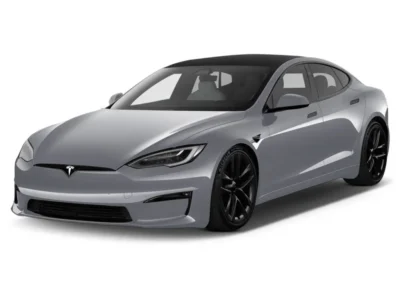
Nissan Qashqai Common Problems and How to Fix Them: A Complete Owner’s Guide
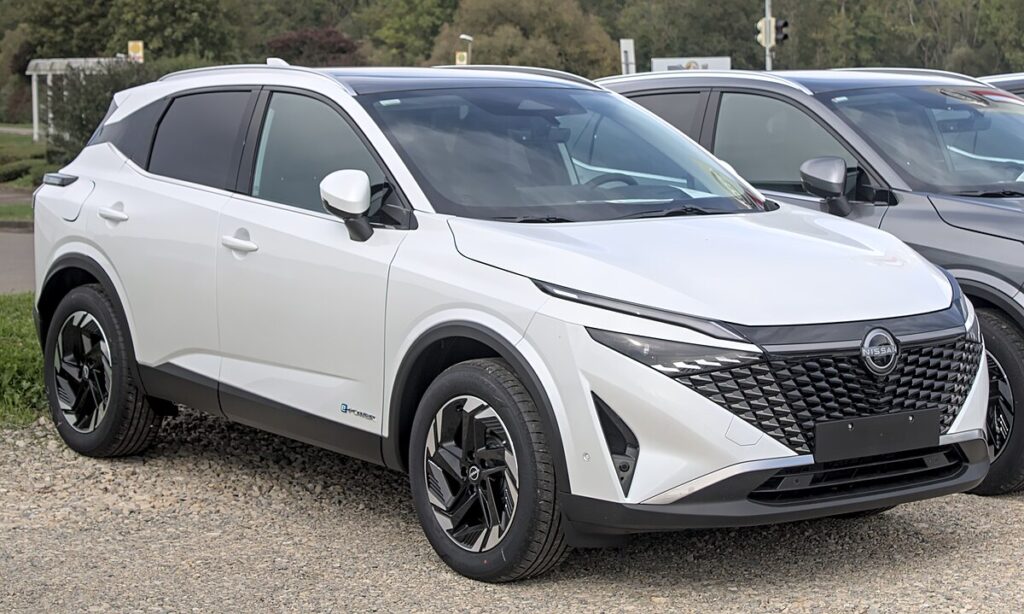
The Nissan Qashqai is one of Europe’s best-selling compact SUVs, known for its smooth ride, modern design, and practicality. Yet, like any vehicle, it has a few recurring issues that owners frequently report — from transmission quirks to electrical faults and paint deterioration.
This comprehensive guide covers the most common Nissan Qashqai problems, their causes, and proven solutions based on owner reports, technical bulletins, and expert insights.
- 1. Bodywork and Exterior Issues
- 2. Interior and Electrical Problems
- 3. Suspension and Chassis Problems
- 4. Engine Problems
- 5. Hybrid and e-Power System Concerns
- 6. Preventive Maintenance Beyond 100,000 km
- 7. Qashqai vs. Competitors: Reliability Comparison
- 8. Frequently Asked Questions (FAQs)
- Final Thoughts
1. Bodywork and Exterior Issues
1.1 Weak Paint Quality
Early Qashqai models (especially pre-2018) suffer from soft, thin paint that scratches and chips easily, exposing the primer. This is most noticeable on door edges and bumpers.
How to fix it:
- Apply a ceramic coating or high-quality wax twice a year.
- Avoid automated car washes with hard brushes.
- If paint damage is severe, consider professional respraying or protective film on vulnerable areas.
1.2 Foggy or Condensed Headlights
A recurring Qashqai issue involves headlight condensation, particularly in humid regions. Moisture inside the housing reduces brightness and visibility.
Solutions:
- Remove and dry the headlights using silica gel packs or a low-heat air dryer.
- Replace worn seals or cracked housings.
- As a preventive step, install anti-fog vents or desiccant pouches.
1.3 Fragile Windshield
Owners often report cracks or chips forming easily on Qashqai windshields, even from minor stone impacts. The problem is more pronounced on models parked long-term in sunlight.
Prevention and Fix:
- Use a UV windshield protector or park in shaded areas.
- For minor chips, apply a resin repair kit promptly before cracks expand.
- For repeated failures, replace with OEM or reinforced aftermarket glass.
2. Interior and Electrical Problems
2.1 Premature Interior Wear
Trim pieces, steering wheels, and seat fabrics on older Qashqai models (especially Acenta and Visia trims) may deteriorate prematurely, showing peeling or discoloration.
Fix:
- Clean with pH-neutral interior cleaners.
- Use seat and steering covers to prevent direct wear.
- Replace damaged trim pieces with newer-spec materials from post-2019 models, which feature improved finishes.
2.2 Steering Column and Control Failures
Some Qashqai models experience electrical issues in the steering column wiring harness, causing malfunctioning steering wheel buttons or intermittent horn/fog light operation.
Solution:
You may be interested in reading Nissan Qashqai Not Starting: 10 Common Causes and How to Fix Them
Nissan Qashqai Not Starting: 10 Common Causes and How to Fix Them- Inspect and re-solder loose wiring connections in the steering column.
- Replace faulty harnesses or steering angle sensors if necessary.
- During test drives, verify that steering-mounted controls work smoothly.
3. Suspension and Chassis Problems
3.1 Suspension Noises and Premature Wear
The front struts and rear suspension bushes are prone to early deterioration, leading to clunking noises over bumps.
How to fix it:
- Replace worn strut mounts and bushings (OEM replacements last longer).
- Check wheel alignment and shock absorber seals during routine service.
- For urban drivers encountering potholes, consider reinforced polyurethane bushings.
3.2 Transmission and Gearbox Issues
Qashqai AWD versions and CVT (Xtronic) automatics often show early gearbox wear and oil leakage, especially the Jatco JF015E unit.
Symptoms include:
- Jerky acceleration or hesitation.
- Whining noises when shifting.
- Transmission fluid smell or stains under the car.
Fix:
- Replace transmission fluid every 30,000 km (or 20,000 mi) instead of the factory interval.
- Use NS-3 or equivalent Nissan-approved CVT fluid.
- For severe issues, rebuild or replace the valve body assembly to restore smooth shifting.
4. Engine Problems
4.1 Excessive Oil Consumption (1.6 Petrol Engines)
Owners of 1.6L petrol Qashqai models often report excessive oil burn, primarily caused by worn piston rings or valve stem seals.
What to do:
- Check oil levels every 1,000 miles.
- Use high-viscosity synthetic oil (5W-40) if consumption is high.
- If the issue persists, a piston ring replacement may be necessary.
4.2 Coolant and Oil Mixing (2.0 Petrol Engines)
The 2.0L engine has known cases of head gasket failure, leading to coolant contamination in the oil.
Signs:
- Milky residue on the oil cap.
- Engine overheating.
- White exhaust smoke.
Repair:
- Replace the head gasket and flush the cooling system.
- Refill with high-quality OAT coolant and engine oil.
- Regular coolant checks can prevent expensive damage.
4.3 Diesel Particulate Filter (DPF) Blockage
Diesel Qashqai models (1.5 and 1.6 dCi) frequently suffer DPF clogging due to short urban trips, which prevent full regeneration.
Solutions:
You may be interested in reading Nissan Qashqai Not Starting: 10 Common Causes and How to Fix Them
Nissan Qashqai Not Starting: 10 Common Causes and How to Fix Them Nissan Qashqai DPF Problems: Symptoms, Causes, and Expert Solutions
Nissan Qashqai DPF Problems: Symptoms, Causes, and Expert Solutions- Take longer highway drives (15–20 minutes at 2,500 RPM) to regenerate the DPF.
- Use DPF cleaning additives every few fuel tanks.
- For severe blockage, have the DPF professionally cleaned or replaced.
5. Hybrid and e-Power System Concerns
5.1 e-Power Overheating
Some early e-Power models exhibit battery cooling issues or software glitches leading to reduced hybrid performance.
How to solve it:
- Update the hybrid control software at authorized Nissan workshops.
- Ensure battery cooling fans and filters are clean.
- Monitor hybrid diagnostics using OBD-II scanners compatible with Nissan systems.
5.2 Auxiliary Battery Failures
12V auxiliary batteries in hybrid Qashqais can fail prematurely, triggering multiple dashboard warnings.
Fix:
- Replace with an AGM or enhanced flooded battery (EFB) type.
- Check charging voltage — it should remain between 13.8–14.5V.
- Avoid extended storage without disconnecting the battery.
6. Preventive Maintenance Beyond 100,000 km
When your Qashqai surpasses 100,000 km (62,000 miles), preventive maintenance becomes essential.
Checklist:
- Replace timing chain or belt as per engine type.
- Inspect suspension and shock absorbers.
- Check hybrid system components in e-Power variants.
- Flush brake fluid and transmission oil.
- Clean or replace EGR valves and DPF.
- Inspect for coolant leaks and oil seepage.
7. Qashqai vs. Competitors: Reliability Comparison
| Model | Engine | Boot Space | Powertrain Type | Starting Price (€) |
|---|---|---|---|---|
| Nissan Qashqai e-Power | Hybrid 190 hp | ~504 L | e-Power Hybrid | 36,700 € |
| Hyundai Tucson HEV | Hybrid 230 hp | ~598 L | Full Hybrid | 34,625 € |
| Kia Sportage HEV | Hybrid 230 hp | ~587 L | Full Hybrid | 34,875 € |
While the Qashqai offers refined urban comfort and impressive fuel efficiency, its mechanical reliability and paint quality are slightly below the Tucson and Sportage, which deliver stronger powertrains and interior durability.
8. Frequently Asked Questions (FAQs)
Which Nissan Qashqai engine is the most reliable?
The 1.3 DIG-T Mild Hybrid is widely regarded as the most reliable option, performing well up to 150,000 km. Older 1.5 dCi diesel engines tend to develop turbo and EGR issues.
What’s the most fuel-efficient Qashqai?
The Nissan Qashqai e-Power is the most economical in city driving, while the 1.3 DIG-T manual variants excel on highways.
How can I avoid DPF problems in my Qashqai diesel?
Drive regularly on motorways to trigger regeneration cycles, and use premium diesel fuel to reduce soot buildup.
What should I check before buying a used Qashqai?
Inspect the suspension, gearbox, brake system, and full service history. For hybrids, ensure the battery health report is available.
Does the Qashqai hold its value well?
Yes, particularly the post-2021 models with e-Power systems, which retain strong resale value thanks to hybrid efficiency and updated interiors.
You may be interested in reading Nissan Qashqai Not Starting: 10 Common Causes and How to Fix Them
Nissan Qashqai Not Starting: 10 Common Causes and How to Fix Them Nissan Qashqai DPF Problems: Symptoms, Causes, and Expert Solutions
Nissan Qashqai DPF Problems: Symptoms, Causes, and Expert Solutions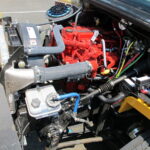 Nissan Qashqai Juddering When Accelerating: Causes, Fixes, and Expert Diagnosis
Nissan Qashqai Juddering When Accelerating: Causes, Fixes, and Expert DiagnosisFinal Thoughts
The Nissan Qashqai remains one of the best-selling SUVs in Europe for its balanced performance, comfort, and practicality. While paint fragility, CVT wear, and minor electrical issues are common, these can be managed with regular maintenance and preventive care.
When properly serviced, the Qashqai delivers exceptional value and long-term reliability, making it a strong contender in the compact SUV segment.
If you want to know other articles similar to Nissan Qashqai Common Problems and How to Fix Them: A Complete Owner’s Guide you can visit the category Common Problems.
Deja una respuesta

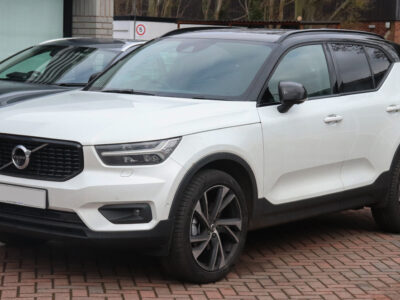
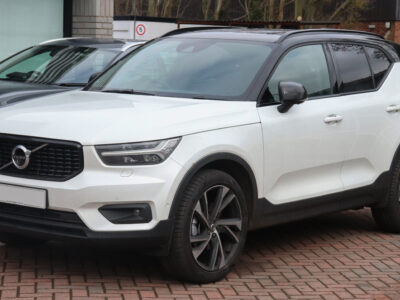
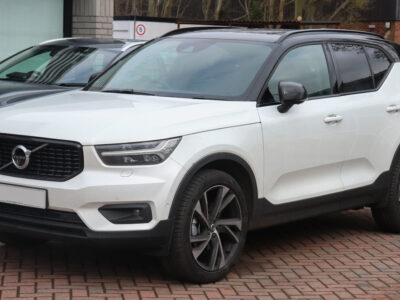
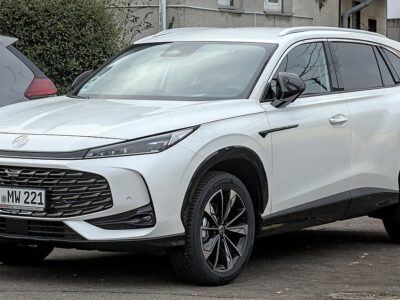
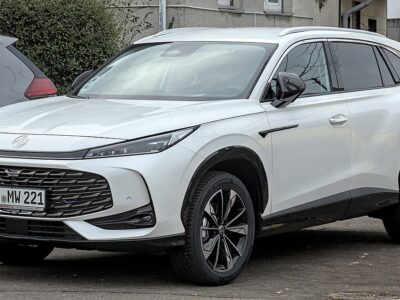
More content of your interest